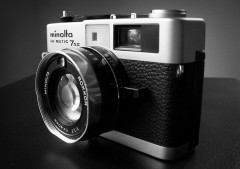
Recently I came across an article on various camera systems. Among the other cameras, like DSLRs, micro-thirds, mirrorless and point and shoot types, what caught my attention was the mention of the rangefinder cameras. The rangefinder cameras were quite common from 1930s to 1970s, which were gradually taken over by more advanced, automated and simplified SLRs. But some features that set apart rangefinder cameras even today are:
-
Rangefinders Have A Better Focus System
The joy of shooting with rangefinder camera lies in its focusing system. Unlike SLRs which include a reflex mirror, the rangefinder cameras are designed to include a beam-splitter and a pentaprism placed parallel to each other. The internal design of the rangefinder results in forming two images of the subject in the viewfinder. You then need to rotate the focus wheel until the two images are overlapped; the state where focus is achieved. The article titled SLR vs Rangefinder over at Photozone explains how does the focusing mechanism of the rangefinder works and helps in getting accurate focus.
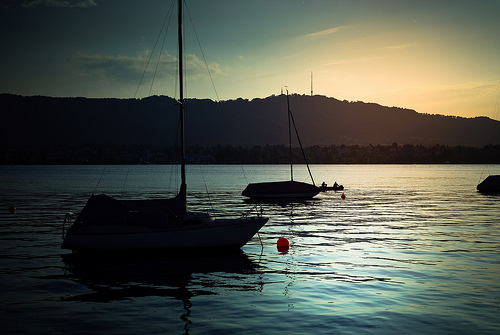
-
Rangefinders Offer Superior Image Quality
Rangefinder cameras offer higher image quality. It is achieved owing to the camera design which eliminates the flipping mirror, the very essence of a single reflex camera. When you shoot with a SLR, the SLR mirror flips upward, the shutter-curtains open up to expose the film / sensor to incoming light and then the SLR mirror swings back to its normal position. The entire process cause vibrations which results in a certain blur effect, which at times can deteriorate the image quality. The absence of flipping mirror in rangefinder cameras minimizes the vibrations resulting in a better image quality.
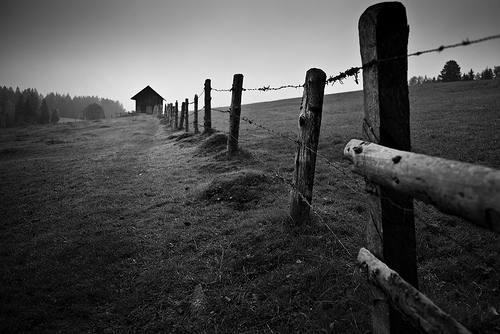
-
Rangefinders Have Compact Size
The compact size, tinier lenses and lesser weight attributes to make the camera handy for almost all occasions, the best being the travel photography.
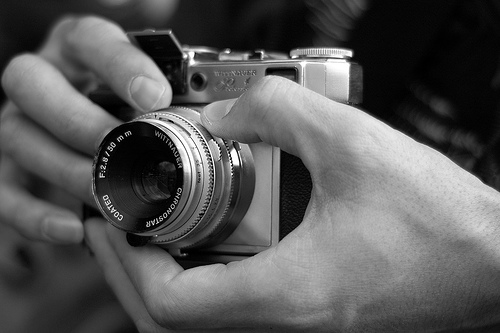
-
Rangefinder Viewfinders offer a Greater Field Of View
The rangefinder cameras are good option for wide-angle photography. The lack of flipping mirror allows the rear element of lens to project deep into the camera body, which allows the viewfinder to cover a greater field of view than the lens in use. This makes room for lens-designers to design wide, ultra-wide and ultra-ultra wide lenses for rangefinder cameras. The Voigtländer 12mm lens was the widest-angle rectilinear lens in general production for a long time, with a 121 degree angle of view; even before SLR ultra wide angle lenses entered the market. For instance check out this photograph: shot with Leica M9 with Leica Summicron-M 50mm f/2 (III) mounted.
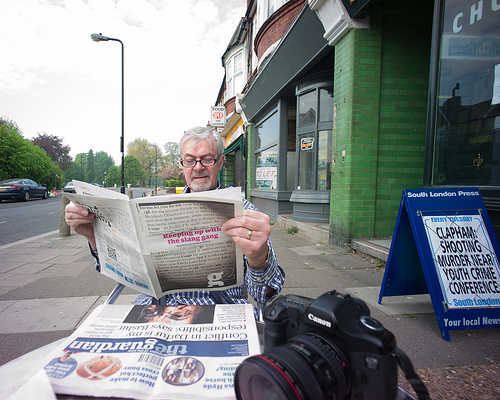
-
Rangefinder Cameras Never Blackout
Since there is no moving mirror, as used in SLRs, there is no momentary blackout of the subject being photographed. This comes in handy for viewing and capturing the exact expression of the subject even when the flash is fired.
-
Rangefinder Allow You To Frame With Both The Eyes
One of the most important difference between the two types of cameras is the way you frame and focus the image. Unlike TTL (through the lens) mechanism of SLR, rangefinders use viewfinder window for determining the focus. This kind of viewing allows the flexibility of composing the shot with both the eyes.
If you want to know what a rangefinder actually is, see the last post on what is a rangefinder camera.

